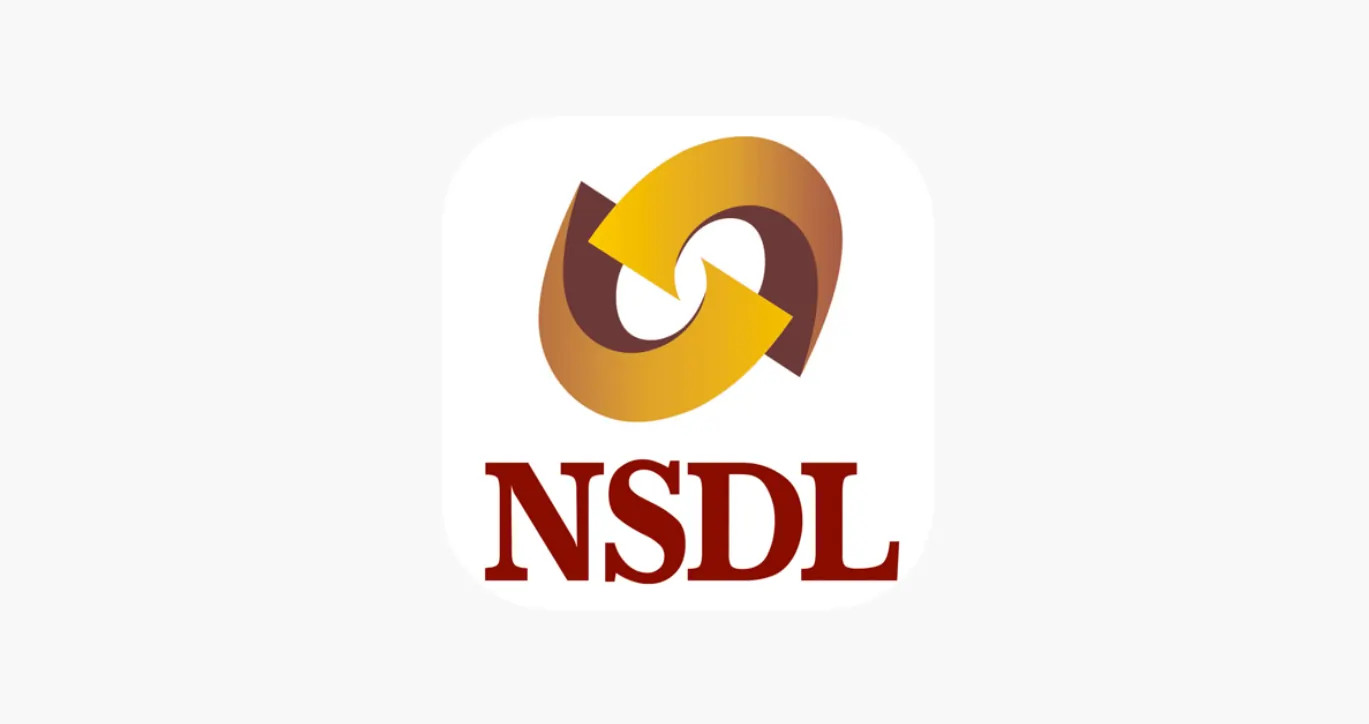
SIP Flows Are Slowing: Why Retail Investors Should Stop Timing the Market
SIP folio share is falling and SIP stoppage ratios are above 75% post Apr 2025 clean-up. H...
Fund houses are launching a spate of debt-focused hybrid funds now. Why should investors bet on hybrid funds now?
If you look at NFOs in last few months, hybrid fund categories like multi-asset allocation funds and dynamic asset allocation funds (BAFs) are quite popular. There are 3 reasons investors are betting on hybrid funds. Firstly, investors appreciate the value of asset allocation, which drives about 80-85% of yield shifts. Secondly, most hybrid funds are structured as equity funds (over 65% in equities) or as debt funds (35% to 65% in equities). This makes them relatively more tax efficient. Lastly, as Nifty trades at life-time highs and the repo rate trajectory is uncertain, investors see merit in a combination of asset classes like equity, bonds, derivatives, gold, silver, and REITs for risk-adjusted outperformance.
Among hybrid funds, which category is gaining more traction with investors and why?
There are 2 ways to assess investor traction; growth in AUM and growth in folios. The latter is a better gauge of retail penetration. We will ignore arbitrage funds, as they are an institutional proxy for liquid funds. In terms of AUM, it is Dynamic Asset Allocation Funds (BAFs) that lead with Rs2.41 trillion, followed by Aggressive Hybrids at Rs1.91 trillion and Multi-Asset Allocation fund at Rs0.60 trillion. Let us look at the real retail story of growth in folios. In terms of you growth in folios, Multi-Asset Allocation funds lead with 81.3% folio growth, followed by Aggressive Hybrids at 8.95%. Even Equity Savings Funds are seeing traction of late.
Tax benefit apart, why should primarily focus on the risk-reward dynamic when selecting a fund?
It is true that hybrid funds use a combination of equity and arbitrage positions to tweak the funds into an equity fund for tax purposes. That is just icing on the cake; the real story is about allocation. Firstly, the risk-reward classification is clear. Aggressive Hybrid and Conservative hybrid have dominance of equity and debt respectively. BAFs are more about fund manager discretion in allocation. Multi-asset allocation funds are about an array of asset classes with varying risk-rewards ratios. Secondly, hybrid funds act as a personalized asset allocator for investors by defining contours of asset shares. Base on risk appetite, investors make choices like aggressive versus conservative; basic assets versus complex assets; and rule-based allocation versus discretionary allocation.
Popular now

Learn how to easily download your NSDL CAS Statement in PDF format with our step-by-step g...

Explore what Specialised Investment Funds (SIFs) are, their benefits, taxation, minimum in...

Learn How to Download Your CDSL CAS Statement with our step-by-step guide. Easy instructio...

Looking for the best financial freedom books? Here’s a handpicked 2026 reading list with...